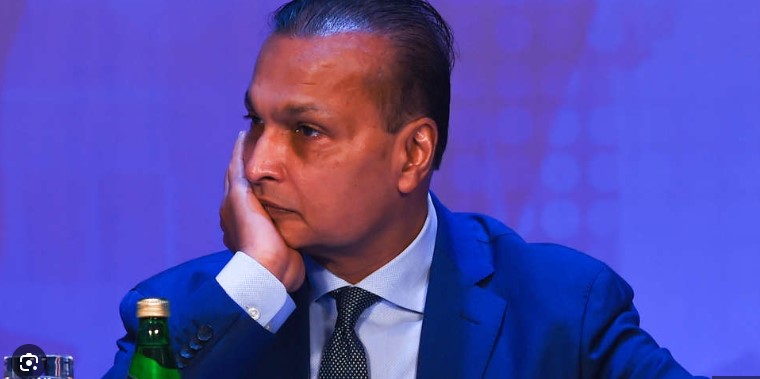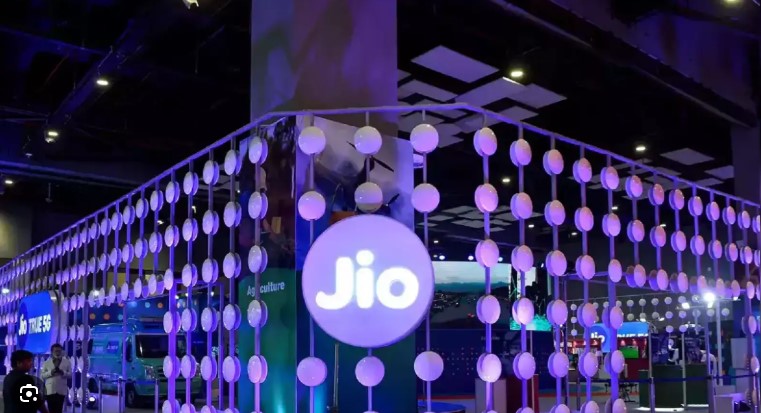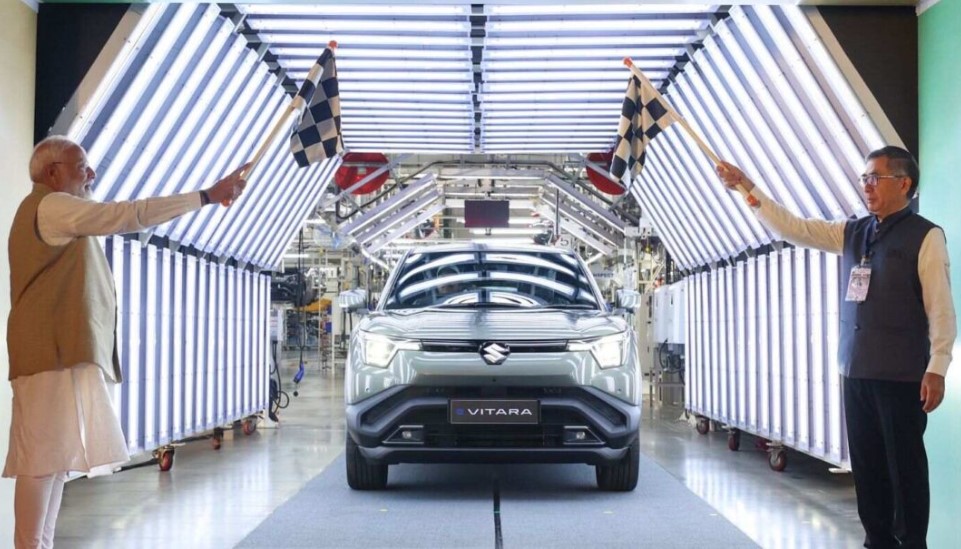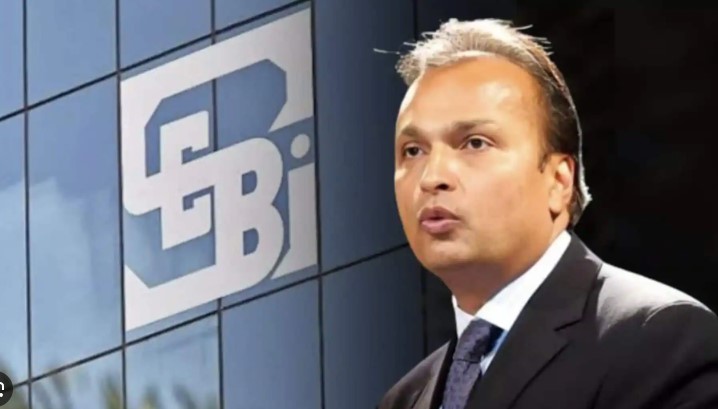
Tata Motors Q4 Profit Drop Triggers 3% Stock Decline Despite Beating Estimates
Tata Motors Q4 profit drop sent shockwaves through the stock market on Wednesday, as the company’s shares plunged 3% to an intraday low of ₹686 on the Bombay Stock Exchange (BSE). The decline followed the automaker’s announcement of a steep 51% year-on-year (YoY) fall in consolidated net profit, amounting to ₹8,470 crore for the quarter ending March 2025 (Q4FY25).
Despite the significant decline in profit, Tata Motors exceeded analysts’ expectations. The reported figure beat ET Now’s poll estimate of ₹7,669 crore, offering some relief to investors. Revenue for the quarter remained flat at ₹1.19 lakh crore, indicating stable topline performance amid headwinds.
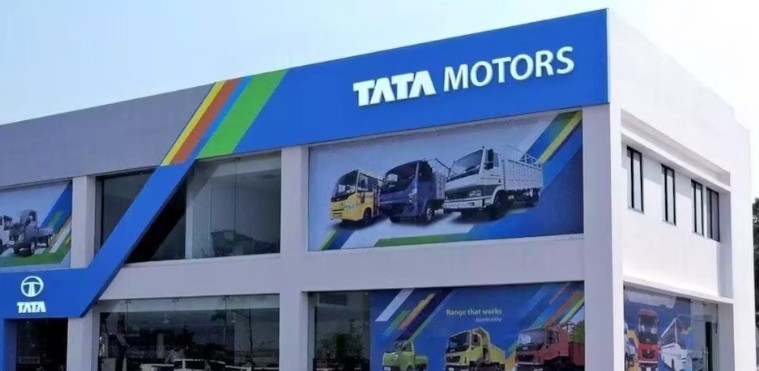
Financial Performance Highlights
Earnings before interest, taxes, depreciation, and amortization (EBITDA) dropped 4% YoY to ₹16,700 crore, with EBITDA margins narrowing by 60 basis points to 14%. Both metrics were ahead of Street estimates of ₹16,331 crore and 13.3%, respectively.
PB Balaji, Group CFO of Tata Motors, emphasized the financial resilience of the company, noting, “This is both pleasing and significant as it reflects healthy business fundamentals delivered by a resilient team.” A notable highlight from the quarter was the company’s achievement of becoming debt-free on a consolidated basis, significantly lowering interest costs.
Table of Contents
Toggle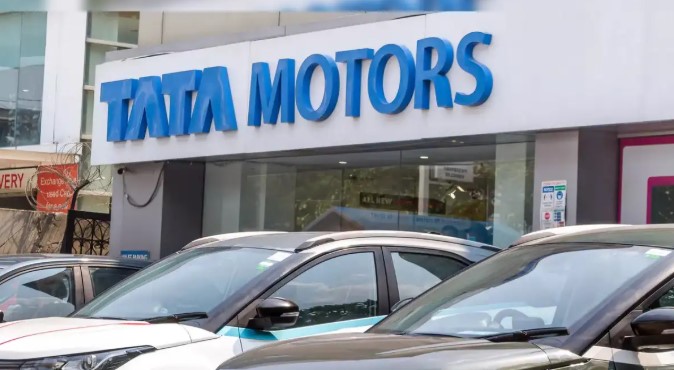
Jaguar Land Rover: Steady Performance Despite Tariff Headwinds
Jaguar Land Rover (JLR), Tata Motors’ luxury vehicle arm, reported Q4 revenue of £7.7 billion, down 1.7% YoY. For the full year, JLR's revenue remained flat at £29 billion. However, profit before tax (PBT) in Q4FY25 surged to £875 million from £661 million in the year-ago quarter, driven by higher volumes and reduced depreciation and amortization costs.Social media platforms have been flooded with criticism, with users questioning the decision to collaborate with Pakistani talent while the nation mourns its losses. The emotional weight of the terror attack has fueled calls to reconsider artistic collaborations that may be seen as insensitive or controversial in such moments of national crisis.
The EBIT margin for the quarter improved by 150 basis points to 10.7%, reflecting operational efficiency. Defender wholesales hit a record 115,404 units in FY25, while Range Rover Sport saw a 20% YoY rise in annual wholesales.
Adrian Mardell, CEO of JLR, stated, “JLR has ended the year with strong annual and quarterly earnings, including delivering our tenth consecutive profitable quarter and achieving our net debt zero target.”
To counteract the effect of new US trade tariffs on UK auto exports, JLR implemented short-term measures. The new US-UK trade deal reduces tariffs from 27.5% to 10% for up to 100,000 UK-manufactured vehicles annually.
Looking ahead, JLR expects to maintain an investment spend of £18 billion over five years, funded by operational cash flows.

Commercial Vehicles Segment: Marginal Decline in Volumes
Tata Motors’ commercial vehicle (CV) business witnessed a 5% YoY drop in domestic wholesale volumes, totaling 99,600 units in Q4FY25. However, exports rose significantly by 29.4% YoY to 5,900 units.
Segment revenue stood at ₹21,500 crore, a slight YoY decrease of 0.5%. Despite lower volumes, the CV segment posted improved profitability, with EBITDA margin up 20 basis points to 12.2% and EBIT margin up 10 basis points to 9.7%, driven by enhanced realizations.
For the full fiscal year, revenue declined by 4.7%, but EBITDA increased to 11.8%, with the business delivering its highest-ever annual profit of ₹6,600 crore.
Girish Wagh, Executive Director at Tata Motors, affirmed, “We remain committed to driving sustainable and profitable growth while improving Vahan market share across all business segments.”

Passenger Vehicles Face Pressure, But EV and CNG Drive Resilience
The passenger vehicle (PV) segment faced a 5% YoY decline in quarterly volumes to 147,000 units. Revenue for the quarter slipped 13% YoY to ₹12,500 crore. EBIT margin for this division contracted by 130 basis points to 1.6%, primarily due to weak volumes and realizations, partly mitigated by cost savings and government incentives.
The internal combustion engine (ICE) PV business reported EBITDA margins of 8.2%, while the electric vehicle (EV) business posted a positive EBITDA margin of 6.5% in Q4. On a full-year basis, revenue for the PV segment was down 7.5%, largely due to a decline in hatchback sales.
While EBIT margins dropped 110 basis points, EBITDA margins improved by 40 basis points, highlighting operational efficiency amidst a challenging market.
“In a year marked by fluctuating demand, Tata Motors Passenger Vehicles led the industry in SUV growth and outpaced the market in CNG sales,” said Shailesh Chandra, Managing Director, Tata Motors PV. “Our multi-powertrain strategy and commitment to sustainable mobility enabled us to grow our CNG and EV share to 36% of our overall portfolio.”
Outlook and Strategic Direction
Despite the Tata Motors Q4 profit drop, the company’s operational metrics and strategic initiatives offer a cautiously optimistic outlook. The auto major anticipates continued momentum in SUVs, CNG, and EVs, aligning with shifting consumer preferences and regulatory trends.
Free cash flow from automotive operations stood at ₹22,400 crore for FY25, down from ₹26,900 crore in FY24, reflecting robust operational cash generation despite a dip from the previous year.
Looking forward, Tata Motors aims to leverage its zero-debt position, expand EV and CNG offerings, and maintain capex through internal accruals. While market demand remains uneven, the company’s broad portfolio, focus on innovation, and operational discipline could help it navigate the evolving industry landscape.
Conclusion:
The Tata Motors Q4 profit drop may have dented short-term investor sentiment, but the underlying business performance, especially in JLR and EV/CNG segments, paints a picture of resilience and adaptability. With strong free cash flows, strategic product focus, and streamlined operations, Tata Motors appears well-positioned for long-term value creation.
The countdown has begun, and with the official announcement likely just weeks away, now is the time to decide if the Galaxy S25 Edge is your next smartphone companion. With exclusive pre-order benefits, high-end specs, and a standout design, Samsung may have a winner on its hands.
Indian financial crimes agency freezes Anil Ambani Group properties worth $853 million
In a major move highlighting India’s tightening grip on corporate financial misconduct, the Indian financial crimes agency has frozen properties worth ₹75 …
The Japan flu outbreak has triggered nationwide concern as influenza cases surge across the country, resulting in thousands of hospitalisations and temporary …
Jio Subscriber Additions Lead in August; BSNL Overtakes Airtel as Vi Continues to Lose Users
The Jio subscriber additions in August have once again demonstrated Reliance Jio’s dominance in India’s telecom market. As per the data released …
Royal Enfield Price Cut: Classic 350, Meteor 350, and Hunter 350 Get Cheaper
The recent Royal Enfield price cut has created a buzz among motorcycle enthusiasts across India. The legendary bike maker has officially announced …
Maruti Suzuki e Vitara: India’s First Electric SUV Rolls Out, Marking a Historic Milestone
Maruti Suzuki e Vitara, the first all-electric SUV from India’s largest carmaker, has officially begun production at the company’s Gujarat plant in …
SEBI rejects Ambani plea Over Yes Bank Investments
Sebi rejects Anil Ambani’s settlement plea in a high-profile case linked to investments in Yes Bank’s additional tier-1 (AT-1) bonds, according to …


